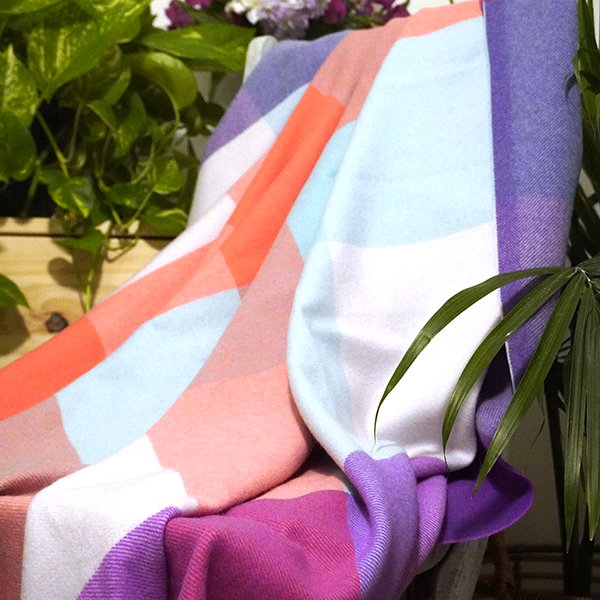In Mongolia, the lunar new year celebration is called Tsagaan Sar, translates to “White Moon”. It is a great celebration that continuous for three days, and the dates change according to the Lunar calendar.
The celebration comes from the deep of the centuries when our ancestors of Huns Empire have created a lunar calendar. Urban population used to celebrate a new year with the beginning of planting accepted this calendar from Huns that was very creative. Tsagaan Sar is listed on UNESCO’s Intangible Cultural Heritage List.
The word white moon symbolized that all the negative things passed away with the previous year and the coming will be positive “White” and “Clean”. That is why if the first day were clean, then the next days during a year would be white and clean with no troubles. Family members wear celebration costume, prepare enough food, meals and try to have gifts enough for every guest. This festival is one of the most important holidays in Mongolia. As a country that has harsh, cold and long winter, Tsagaan Sar is a heart-warming celebration for the arrival of spring.
Traditions:
People wake up before sunrise to welcome the day, and after sun has risen everyone or the head of the household takes “their first steps of the year” to ensure good health and happiness in the coming year. The direction of their footsteps also differ depending on which year they were. Then family members greet each other in traditional manner starting with the elder.
Tsagaan Sar is above all a family holiday, where people spend visiting families, friends, relatives, neighbors, and hosting guests. To show their respects, people visit their elders early in the day on the first day of the new year. Then families visit their aunt, uncles and distant relatives for the remainder of the day.
Tsagaan Sar is a lavish feast and Mongolians prepare traditional food and gifts for the guests several weeks before the holiday. Depending on the region, food that is eaten during Tsagaan Sar differs. The most common traditional food that the nation prepare eat milk tea, curds, steamed dumplings known as buuz, niislel salat (capital salad), sheep ramp and airag (fermented mares milk).
Food:
- Ul Boov- On the table, you can spot piled up pastries with a decoration of dairy products. Each pile consists of an odd number of rows and mainly 20 pieces of ul boovs. Ul boov is made with flour, shar tos (ghee) and warm water.
- Dairy Products- Dairy products are often prepared in the countryside by sheepherders. Citizens from the urban area usually buy the products from markets. The products include milk, cheese, dried curd, and butter.
- Dried curd- you can purchase from our partner in Chicago, click here.




